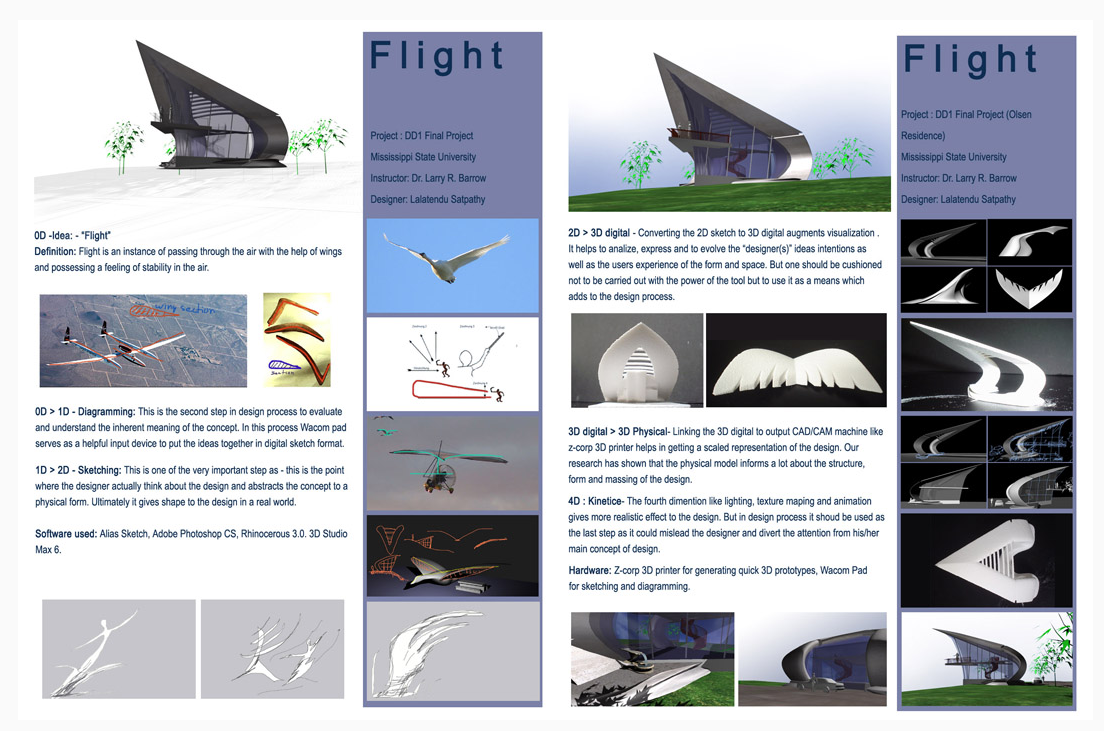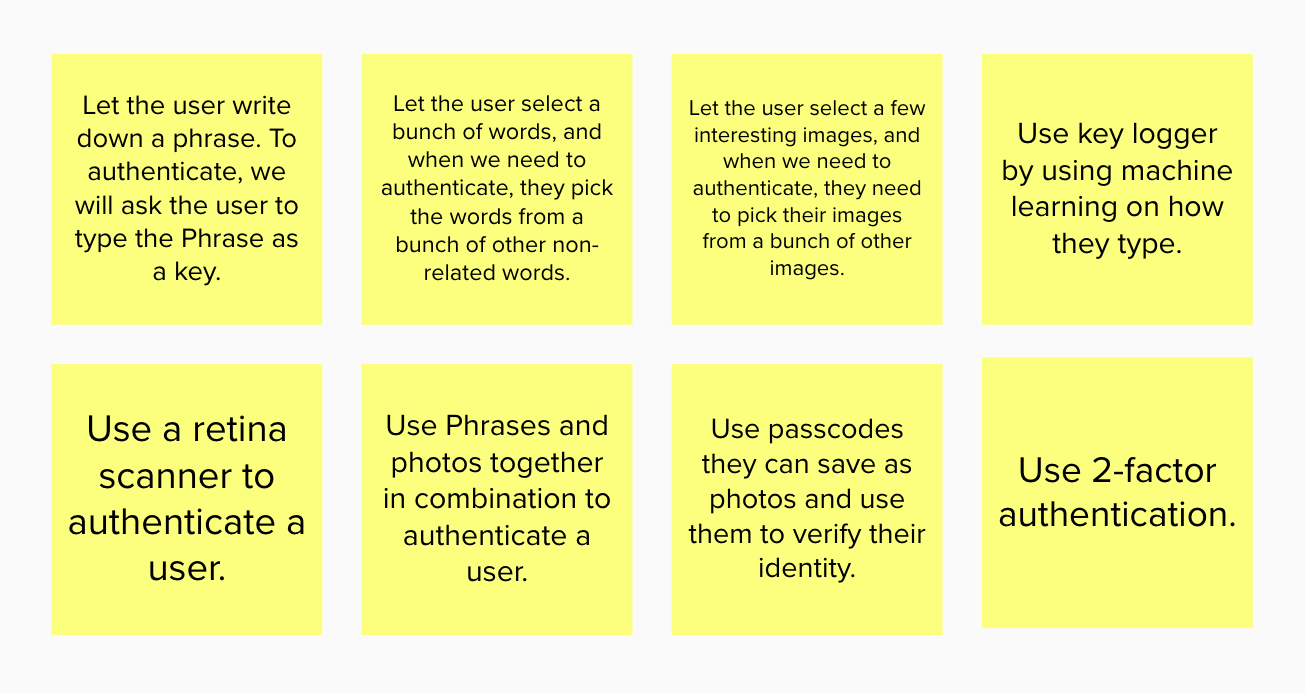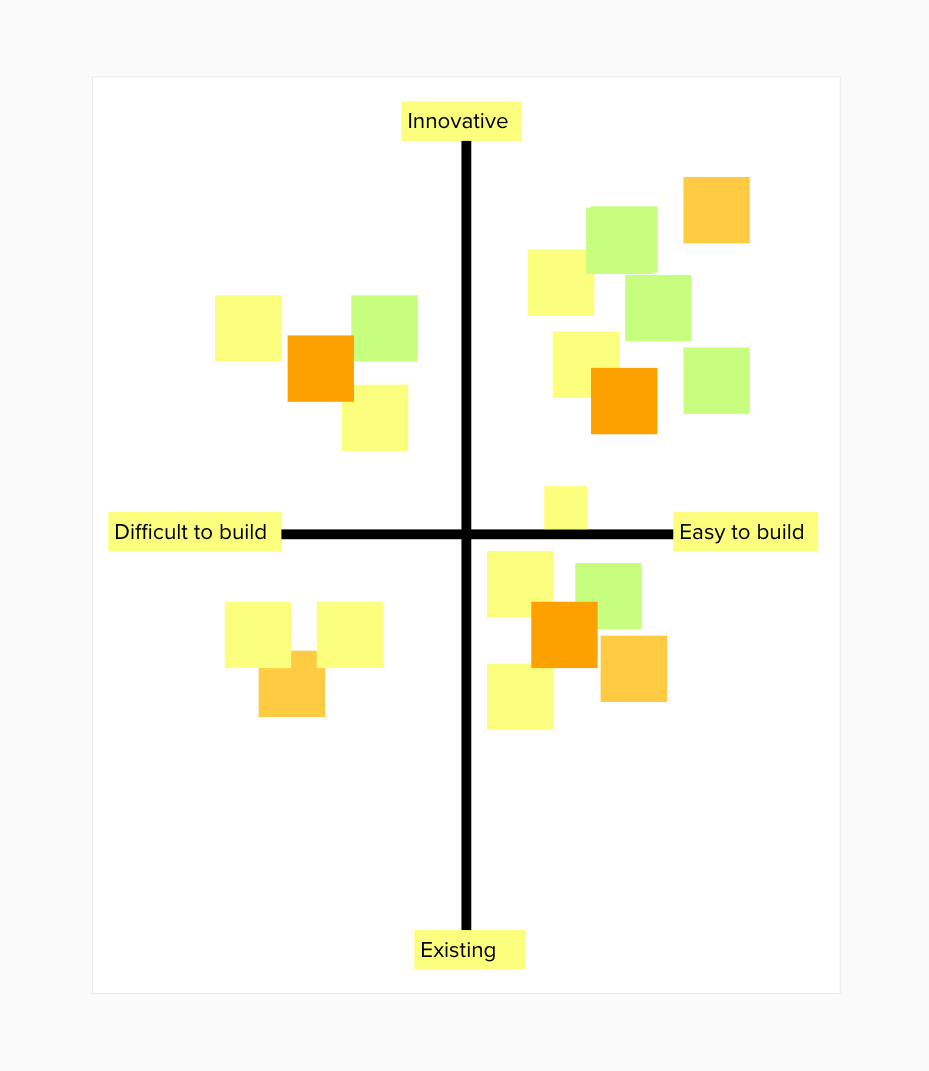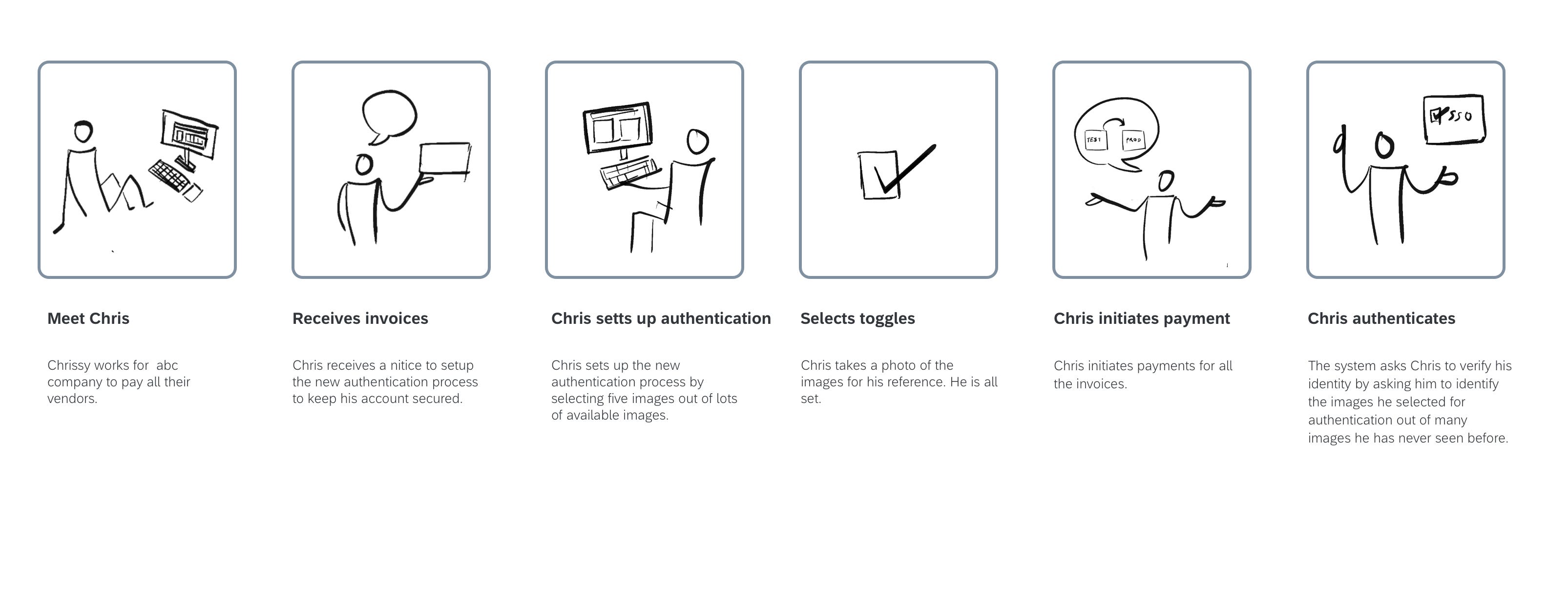設計的概念以及含義
We work on designs almost every day, and we use different design methods to make the design usable, aesthetically appealing, and likable. But, many times, those well-crafted designs fail to reach a level to become market differentiator or innovative. One of the reasons is the lack of investment in the core of the product “the concept.”
我們幾乎每天都在進行設計工作,并且使用不同的設計方法來使設計可用,美觀且討人喜歡。 但是,很多時候,這些精心設計的產品未能達到成為市場差異化產品或創新產品的水平。 原因之一是缺乏對產品“概念”核心的投資。
A concept is the “soul” of your product. A product without a strong concept is like a human without a soul.
概念是產品的“靈魂”。 沒有強大概念的產品就像沒有靈魂的人。
Dr. Larry Barrow, former professor of Mississippi State University, Design Research Lab, came up with the design process of Zero Dimension (0D) to Fourth Dimension (4D). In his master’s class, he taught the students how to take concepts such as fire, wind, water, flight, etc. and transform them into beautiful architecture. Below is an example of a project where I took the noun “flight,” and using the design process created a building representing the concept flight.
密西西比州立大學設計研究實驗室前教授Larry Barrow博士提出了零維(0D)到第四維(4D)的設計過程。 在他的大師班上,他教學生如何運用諸如火,風,水,飛行等概念,并將其轉變為美麗的建筑。 下面是一個項目示例,我使用了名詞“ flight”,并使用設計過程創建了代表概念飛行的建筑物。

Now, I can see how we can apply the same design method in Product Design as well.
現在,我了解了如何在產品設計中應用相同的設計方法。
Definition of Concept: “A concept is an abstract or generic idea generalized from particular instances.” — Webster
概念的定義:“概念是從特定實例中概括出來的抽象或通用概念。” —韋伯斯特
So, a concept is not a wireframe or mock, or even a visual representation of something. The concept is an idea that doesn’t have any dimension; in other words, it is zero-dimensional (0D).
因此,概念不是線框或模型,也不是某種事物的視覺表示。 這個概念是一個沒有任何維度的想法。 換句話說,它是零維(0D) 。
Once you start thinking about it bit more and add more details by making a line drawing or put it in a simple story, you are essentially adding another dimension to it (1D).
一旦開始考慮它并通過畫線圖或將其放入簡單的故事中添加更多細節,則實際上是在為其添加另一個維度( 1D) 。
Then, when you give it a shape or form by sketching it out, you add yet another dimension, which becomes “2D” design. Next, when you add visual effects, hierarchy, and depth, you get 3D, and finally, when you add animations, interactions, you achieve your 4D design that takes the form or a product.
然后,當通過草繪將其賦予形狀或形式時,您將添加另一個尺寸,該尺寸即成為“ 2D”設計。 接下來,當您添加視覺效果,層次結構和深度時,您將獲得3D ,最后,當您添加動畫,交互時,您將獲得采用形式或產品的4D設計 。
As product designers, we spend lots of time in the 2D, 3D, and 4D designs but not much in the 0D and 1D. This is one reason why so many well-crafted designs fail.
作為產品設計師,我們在2D,3D和4D設計中花費大量時間,而在0D和1D中花費的時間并不多。 這就是為什么許多精心設計失敗的原因之一。
我們如何產生概念? (How do we generate concepts?)
Let’s take an example. You have a new project to fix the login authentication of your site because the current method is not working well. So, how do you proceed from here?
讓我們舉個例子。 您有一個新項目要修復站點的登錄身份驗證,因為當前方法無法正常工作。 那么,您如何從這里開始?
Should you start sketching some ideas to solve it? NO
您是否應該開始草繪一些想法來解決它? 沒有
Do you check how others are authenticating their users? Maybe
您是否檢查其他人如何驗證他們的用戶? 也許
Talk to users? Most likely
與用戶交談? 最有可能的
Understand your users, see who is using your product, and try to understand how this will impact them and their experience? YES
了解您的用戶,查看誰在使用您的產品,并嘗試了解這將如何影響他們及其體驗? 是
了解您的用戶 (Understand your user)
You start by understanding where your product stands today. How are your users using it now? What is their context looks like when they use your product? Do they use it for work? Do they use it for pleasure? Do they use it multiple times a day? Maybe your user base is always on the go or travel internationally, or most of your users are marines, and they access places with deficient connectivity. All of these are essential information for your design. This information will build the foundation for your 0D.
您首先要了解您的產品在當今的地位。 您的用戶現在如何使用它? 他們使用您的產品時的背景是什么樣的? 他們使用它工作嗎? 他們會以娛樂為樂嗎? 他們一天會多次使用它嗎? 也許您的用戶群總是在旅途中或出國旅行,或者您的大多數用戶是海軍陸戰隊,并且他們訪問連接性差的地方。 所有這些對于您的設計都是必不可少的信息。 這些信息將為您的0D奠定基礎。
產生0D (Generate 0Ds)
Go over all the significant findings you have and write down your assumptions and hypotheses. Having all the results on hand will help your team stay focused. One way to generate lots of ideas is by using the Crazy 8 concept. To do a crazy 8, ask all your team members to come up with eight ideas and put them with one idea per sticky. Remember, no idea is a bad idea. So, the quantity is more important than the quality at this point. Sometimes one “bad idea” could lead to another great idea. Therefore, once you have all the views on the board, encourage the team members to write down more ideas if they want to build upon other’s concepts.
仔細檢查您擁有的所有重要發現,并寫下您的假設和假設。 掌握所有結果將幫助您的團隊保持專注。 產生大量想法的一種方法是使用Crazy 8概念。 做一個瘋狂的8,要求您所有的團隊成員提出八個想法,并在每個粘性項中提出一個想法。 請記住,沒有一個主意是一個壞主意。 因此,在這一點上,數量比質量更重要。 有時,一個“壞主意”可能導致另一個好主意。 因此,一旦掌握了董事會的所有觀點,就可以鼓勵團隊成員寫下更多的想法,如果他們想借鑒他人的想法。
Here are a few Zero 0D we can think about to solve this problem
這里有一些零零維我們可以考慮解決這個問題
- Let the user write down a phrase. To authenticate, we will ask the user to type the Phrase as a key. 讓用戶寫下一個短語。 要進行身份驗證,我們將要求用戶鍵入短語作為密鑰。
- Let the user select a bunch of words, and when we need to authenticate, they pick the words from a bunch of other non-related words. 讓用戶選擇一堆單詞,然后在我們需要進行身份驗證時,他們從一堆其他不相關的單詞中挑選單詞。
- Let the user select a few interesting images, and when we need to authenticate, they need to pick their pictures from a bunch of other photos. 讓用戶選擇一些有趣的圖像,當我們需要進行身份驗證時,他們需要從一堆其他照片中挑選照片。
- Use a retina scanner to authenticate a user. 使用視網膜掃描儀對用戶進行身份驗證。
- Use Phrases and photos together in combination to authenticate a user. 將短語和照片一起使用以驗證用戶身份。
- Use passcodes they can save as photos and use them to verify their identity. 使用他們可以另存為照片的密碼,并使用它們來驗證其身份。
- Use 2-factor authentication. 使用2要素身份驗證。
- Use key logger by using machine learning on how they type. 通過使用有關機器如何鍵入的機器學習來使用按鍵記錄器。

將概念縮小到幾個 (Narrow down concepts to a few)
Group all the ideas and give the group a name; this will generate themes for you. An excellent next step would be to narrow them down to fewer ideas. To get there, you can use the 2/2 method. In this method, you decide the success metrics; you can say “innovative vs. easy to build” or any other metrics you think is right for your product. Finally, you will get all your great ideas on the top right quadrant.
將所有想法歸為一組,并給該組命名; 這將為您生成主題。 一個很好的下一步就是將它們縮小到更少的想法。 要到達那里,可以使用2/2方法。 通過這種方法,您可以確定成功指標; 您可以說“創新與易建”或您認為適合您產品的任何其他指標。 最后,您將在右上象限獲得所有出色的創意。

用故事生成一維 (Generate 1D with stories)
Now you have several concepts you and your team have generated. You can switch gear to 1D and add more details to it. Put them in a series of experiences using storyboards to communicate them to the other stakeholders easily and validate them with users.
現在,您和您的團隊已經產生了幾個概念。 您可以將齒輪切換到1D并為其添加更多詳細信息。 使用情節提要將其置于一系列體驗中,以輕松地將其傳達給其他涉眾,并與用戶進行驗證。
For a quick storyboard, I use the Bikablow technique with simple line drawings that are easy to draw and communicates emotion and concept very effectively. With a storyboard in place, you have your concept that will build the foundation for your product.
對于快速的情節提要,我將Bikablow技術與簡單的線條圖一起使用,這些線條圖易于繪制,并且非常有效地傳達了情感和概念。 有了情節提要,您將擁有可以為產品奠定基礎的概念。

To summarize, a design concept is not a mock or sketch. It’s the essence of your idea. Your design will evolve throughout development, but when you have a solid concept, your concept will anchor the whole team with a common goal and will set the vision for the product.
總而言之,設計概念不是模擬或草圖。 這是您想法的本質。 您的設計將在整個開發過程中不斷發展,但是當您擁有扎實的概念時,您的概念將使整個團隊擁有一個共同的目標,并為產品設定愿景。
翻譯自: https://uxdesign.cc/what-is-a-design-concept-and-why-you-should-always-start-with-a-concept-796b47a5cef7
設計的概念以及含義
本文來自互聯網用戶投稿,該文觀點僅代表作者本人,不代表本站立場。本站僅提供信息存儲空間服務,不擁有所有權,不承擔相關法律責任。 如若轉載,請注明出處:http://www.pswp.cn/news/275113.shtml 繁體地址,請注明出處:http://hk.pswp.cn/news/275113.shtml 英文地址,請注明出處:http://en.pswp.cn/news/275113.shtml
如若內容造成侵權/違法違規/事實不符,請聯系多彩編程網進行投訴反饋email:809451989@qq.com,一經查實,立即刪除!






)


概述(EF4 的Database First方法))
】...)

SpringBoot 整合JPA)





